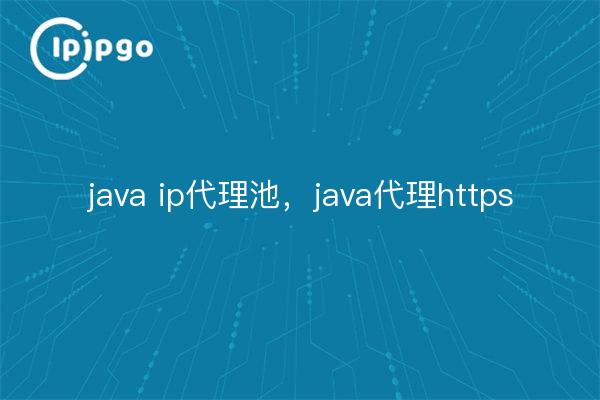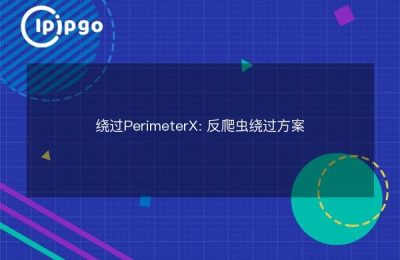
In web crawling and data mining, we often encounter the need to use a proxy server to hide the real IP address. To solve this problem, we can Java programmatically implement an IP proxy pool to fulfill our needs.
Motivation for realization
When crawling the web, in order to prevent the anti-crawler mechanism from blocking the IP, or to get more data, we need to change the IP address frequently, this time an IP proxy pool is particularly important.
Get Proxy IP
First of all, we need a stable proxy IP source. Since the stability of free proxy IP is often not high, we can choose some paid proxy IP service providers to buy, such as, ipipgo proxy, etc.. After purchasing a proxy IP, you can usually get the latest available proxy IP through the API they provide.
Writing Java Code
Next, we can use Java to write the functionality to obtain the proxy IP, check availability, and maintain the proxy pool. First, we need a class to represent the proxy IP:
public class ProxyIp {
private String ip; private int port; private String
private int port;
// Other attributes such as type, locale, etc.
// Omit getter and setter methods
}We can then write a class to get the proxy IP:
public class ProxyIpProvider {
public List getProxyIps() {
// Call the proxy IP provider's API to get the proxy IPs.
// Parses the data returned by the API, constructs a ProxyIp object and returns it.
}
}Next, we can write a class to check the availability of the proxy IP:
public class ProxyIpChecker {
public boolean checkProxyIp(ProxyIp proxyIp) {
// Initiates an HTTP request using the proxy IP, and checks the returned result
// If the request is successful, the proxy IP is valid, return true; otherwise, return false.
}
}Finally, we can write a class to maintain a pool of proxy IPs:
public class ProxyIpPool {
private List pool.
public void refresh() {
// Call ProxyIpProvider to get the latest proxy IPs.
// Iterate through and check the availability of each proxy IP and add the valid ones to the pool.
}
public ProxyIp getProxyIp() {
// Randomly select a proxy IP from the pool and return it.
}
}Using Proxy IP
Once we have a proxy IP pool, we can use it in our web crawling process. When initiating an HTTP request, we can get the proxy IP from the proxy IP pool and set it to the HTTP request to hide the real IP address.
summarize
In the above way, we can use Java programming to realize a simple IP proxy pool. Of course, the actual application may involve more details and skills, such as proxy IP selection strategy, proxy IP validity management, etc.. However, through this simple example, I believe that readers have a preliminary understanding of the Java implementation of IP proxy pools. I hope this article can help you.








